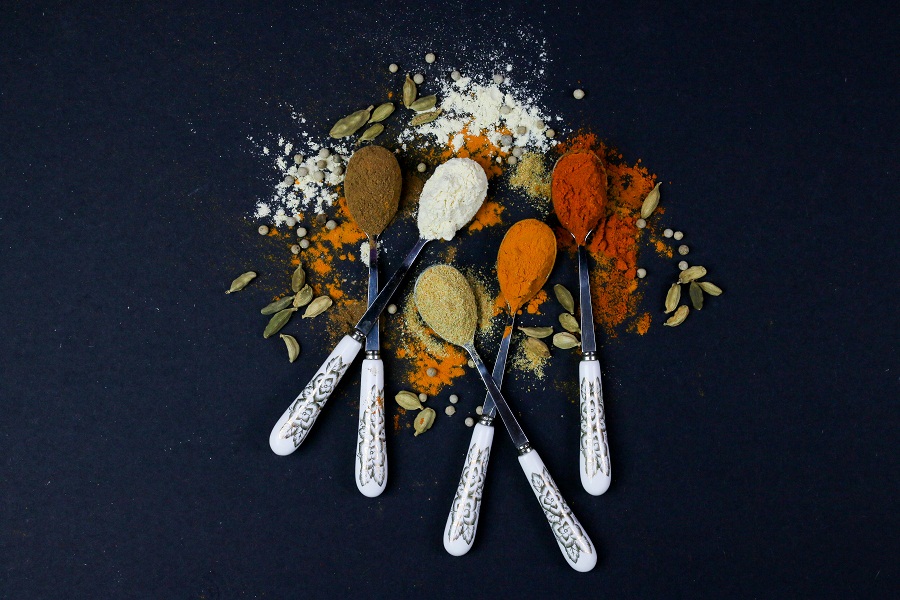
Published :
Updated :

In the Bengali kitchen, a magical mix of spices defines the essence of Bengali cooking—Paanchphoron. Made up of five spices—mustard, cumin, fenugreek, fennel, and nigella—this aromatic blend fills the air with warmth and tradition.
However, Paanch Phoron goes beyond being a spice blend; it represents the cultural depth and meaning of the number five in Bengali culinary traditions.
But Bengal is not the only place that uses this blend of spices. It is widely used in Assam, Bihar, and Odisha and is essential to southern Nepal's cuisine.
The five-spice mixture is known by different names in each location. In Nepal, it is known as package masala. In Odisha, it's known as panchuphutana; in Assam, it's called pas phoron. Though each region calls it something different, the spice blend holds the same importance in their kitchens and traditions.
The word phoron in Bengali describes the art of tempering, an essential cooking stage, particularly in Eastern Indian cuisine traditions.
This method releases the qualities of spices by cooking them in oil or ghee, giving the meal a base of flavour and aroma. The word's roots can be found in the ancient Sanskrit word 'Sphoton,' which means an explosion or an abrupt outburst.
This derivation beautifully reflects the way the spices sizzle in the hot oil and release a burst of flavours and smells that change the dish. Phoron is an experience of taste that is key to the character of Bengali cuisine rather than merely a cooking technique.
The number five(Paanch) isn't just a number; it's a symbol of balance, unity, and abundance in Bengali food traditions.
Bengalis enjoy celebrating five-element arrangements, from Paanchmeshali, a dish made with five vegetables, to Paanch Phol, an arrangement of five fruits offered during festivals.
This relation to the number five is not unique to Bengal. Even in ancient China, people valued the number five in their cultural and spiritual traditions. The 'number 5' holds a spiritual meaning in Chinese cosmology.
In Nepal, the number five holds cultural significance in both Hindu and Buddhist traditions. It highlights the balance of natural elements and the use of five sacred ingredients in rituals.
Panchakarma in Ayurveda (which originated in India but is also practised in Nepal) emphasizes five therapeutic treatments' cleansing and rejuvenating properties.
This spiritual connection with the number five is also present in the food industry, where Bengal was a separate region, unlike now.
Shifting powers and different tribes were combined. But because of its harmony and balance, the number five brought together people from other places and civilizations.
It was a way of thinking, living, and eating, more than just a number. The number five has always fascinated people, returning to ancient scriptures and ceremonies.
In the Mangalkavyas, a revered book of Bengali literature, the goddess Durga tells Lord Shiva to plant the Panchashashya, which are five key crops: rice, sesame, barley, mustard, and cotton. These crops were seen as symbols of fortune and necessities for survival.
The term 'five stories' (PanchKahan) originated from the rich tradition of oral storytelling of the Indian subcontinent, where storytellers frequently recount a sequence of tales, parables, or fables.
The number five also became important in Bengali Sufi culture, particularly among the Bauls, a group of folk singers and wanderers who began under the Pala dynasty. The Bauls are known for their colourful patchwork robes, which are associated with an ancient Buddhist idea that the five colours—blue, yellow, red, white, and green—represent different aspects of wisdom and energy.
PaanchPhoron's historical journey is evidence of Bengal's rich culinary and cultural heritage. Its connection to the natural and cosmic order makes it a symbol of harmony, a concept that comes to life in how food is thoughtfully cooked and consumed. Now, panch phoron has become an integral part of everyday cooking, reminding us that balance and connection are at the heart of every culture.


 For all latest news, follow The Financial Express Google News channel.
For all latest news, follow The Financial Express Google News channel.